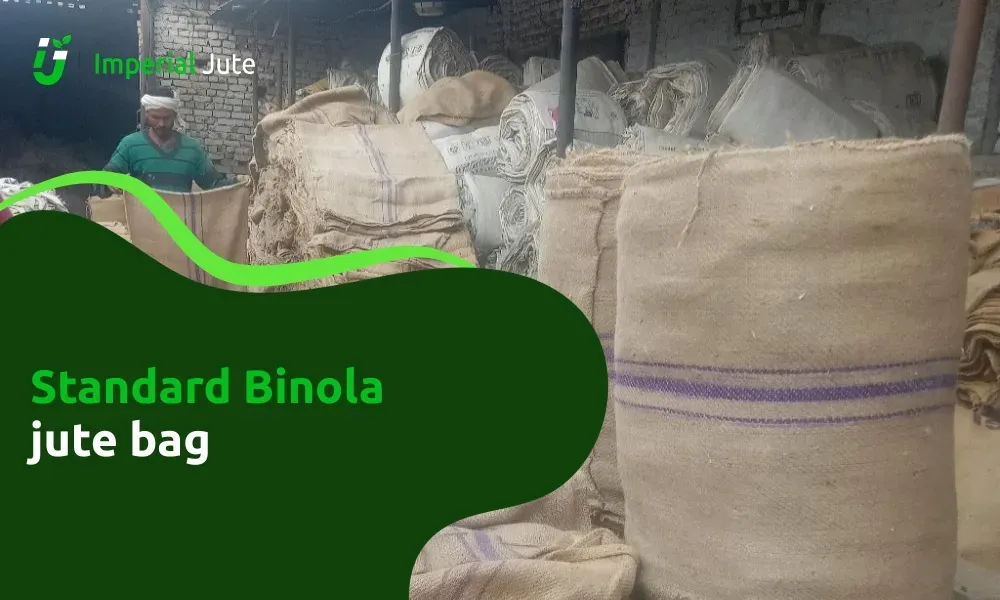Jute is a natural fiber that has been used for centuries. It comes from the jute plant, which is mainly grown in tropical regions like Bangladesh and India. As the world increasingly focuses on sustainability, jute has gained popularity due to its numerous environmental and economic benefits. In fact, global jute production is estimated to be around 3 million tons annually, with Bangladesh and India being the largest producers.
In this article, we will explore why jute is becoming a preferred choice for many industries and consumers. From its eco-friendly properties to its versatile applications, jute offers a greener alternative to synthetic materials.
What is Jute?
Jute is a long, soft, and shiny fiber obtained from the stems of the jute plant. The plant itself grows to about 3 to 4 meters tall and thrives in tropical and subtropical climates. Jute has been used for thousands of years, primarily for making ropes, bags, and sacks. It is also known as the “Golden Fiber” due to its golden-brown color and wide range of uses.
Jute is a renewable resource, meaning it can be grown repeatedly without causing harm to the environment. It grows quickly, reaching maturity in just 4 to 6 months, and requires minimal water and chemical fertilizers. This makes jute a highly sustainable fiber compared to other crops like cotton.
Moreover, jute is a versatile material with applications in various industries, including agriculture, packaging, textiles, and even fashion. As demand for sustainable and eco-friendly materials grows, jute is becoming an increasingly popular alternative to synthetic fibers.
Environmental Benefits of Jute
Jute is not only a versatile fiber but also a champion of environmental sustainability. Scientific studies highlight its significant role in reducing carbon emissions and combating plastic pollution.
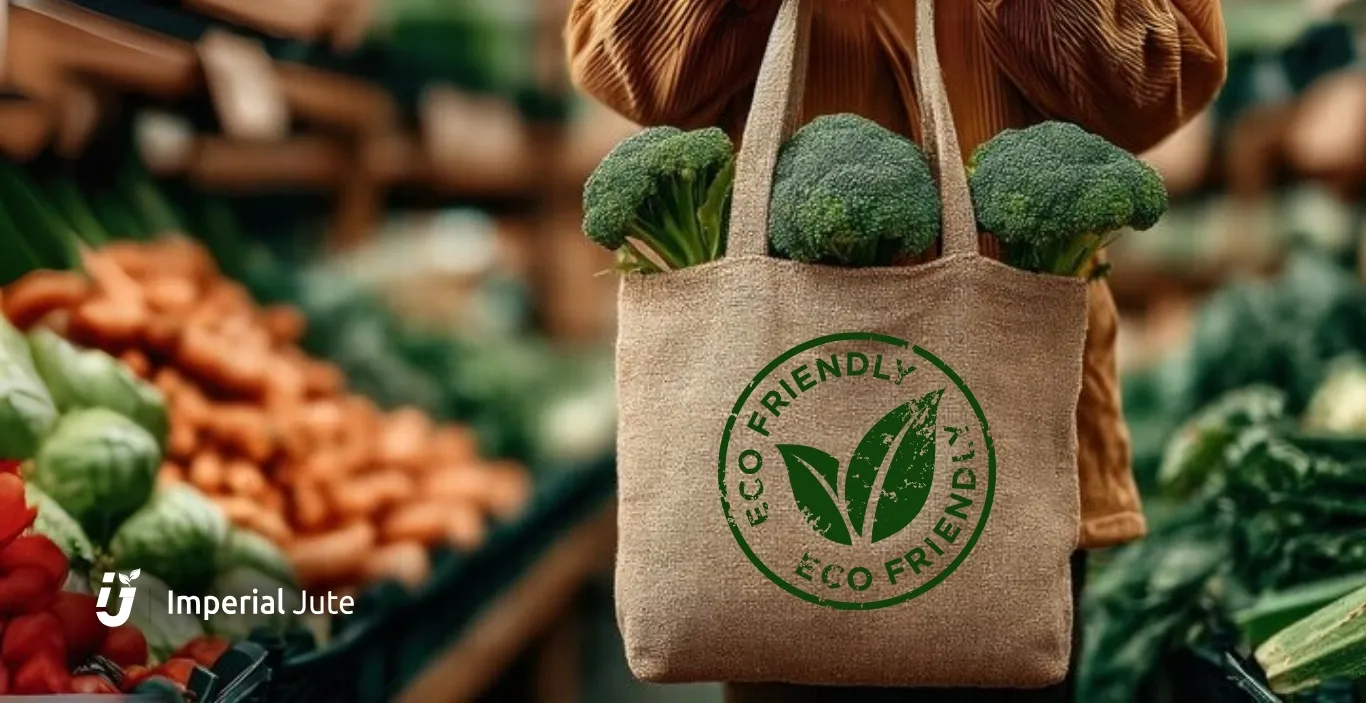
Sustainable and Renewable Resources
Jute is a fast-growing plant, thriving in tropical climates and requiring minimal water and pesticides. Its cultivation has a minimal environmental footprint compared to synthetic fibers. Jute is completely biodegradable, decomposing naturally within a few months and returning to the soil without leaving harmful residues.
Carbon Sequestration
Jute plants play a significant role in reducing carbon emissions. During their growth, jute plants absorb carbon dioxide from the atmosphere and store it in their fibers.
A study indicates that each kilogram of jute fiber sequesters approximately 1.6 kg of CO₂ during its growth cycle. This process, known as carbon sequestration, helps mitigate the effects of climate change.
Furthermore, the total jute cultivation area worldwide in 2022 was 1,565,273 hectares, contributing to a reduction of 22.95 million metric tons of CO₂ from the atmosphere.
Biodegradable and Compostable
One of the biggest advantages of jute is that it decomposes naturally in the environment. Unlike plastic products that take hundreds of years to break down, jute products can biodegrade within a few months.
This helps to reduce the amount of waste that ends up in landfills and oceans. Jute is also compostable, which means it can be returned to the earth to improve soil quality.
Economic Advantages of Jute
Jute is not only an environmentally friendly option but also provides significant economic benefits. From reducing costs for businesses to creating job opportunities, the advantages of jute are felt across the global economy.
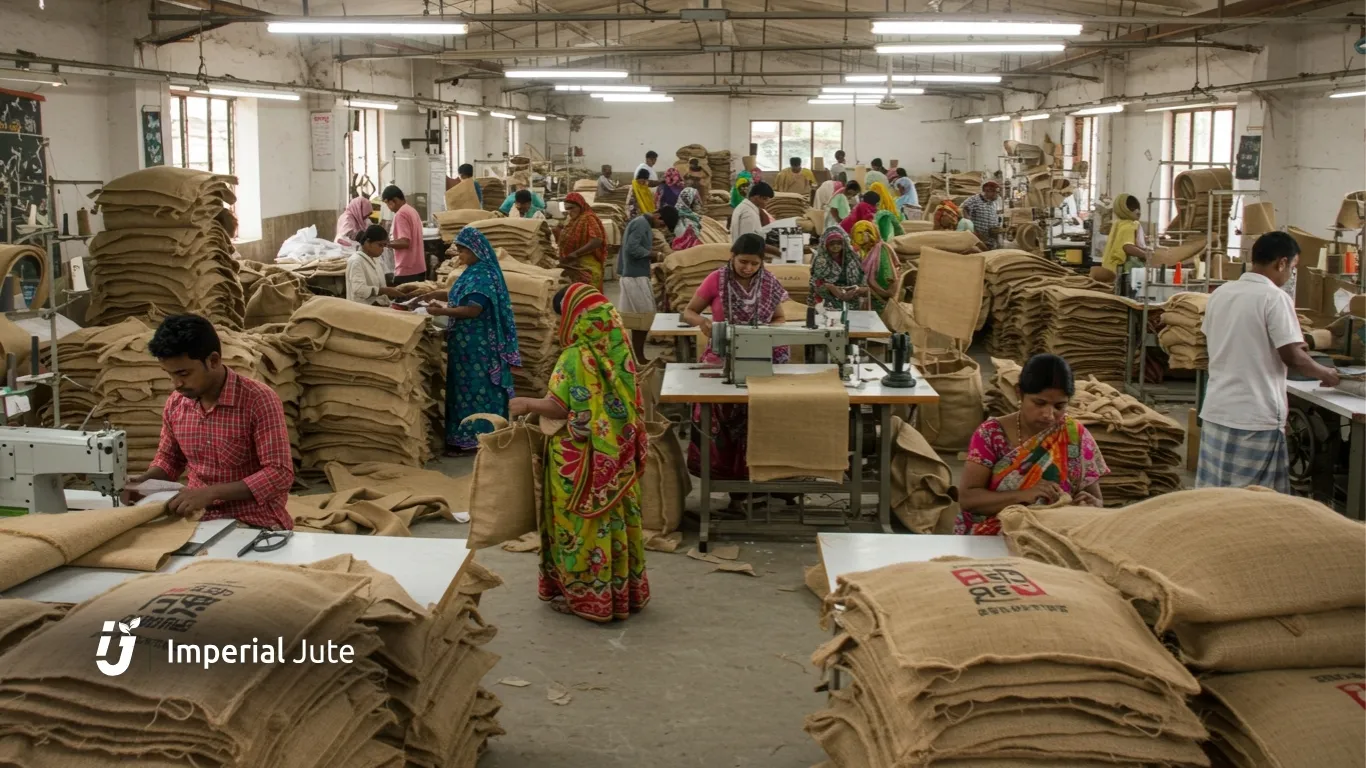
Affordable and Cost-Effective Production
Jute is an affordable fiber to produce, especially when compared to synthetic fibers. Jute cultivation requires less water, fewer pesticides, and minimal chemical inputs. This makes it a cost-effective alternative to cotton, which requires large amounts of water and chemicals to grow.
The low cost of production of jute-based products is one of the reasons why many industries are turning to jute for sustainable packaging and other applications.
Moreover, jute is a renewable resource, making its long-term cost of production more stable compared to petroleum-based synthetic fibers.
According to a study by the International Jute Study Group (IJSG), the cost of producing jute is significantly lower than that of synthetic fibers like polypropylene and polyethylene, which are derived from fossil fuels.
Job Creation and Rural Development
The jute industry plays an essential role in providing employment, particularly in rural areas where jute farming and processing are major sources of livelihood. In countries like Bangladesh and India, jute farming and manufacturing support millions of families.
The industry not only creates jobs in farming but also provides opportunities in processing, weaving, and product manufacturing. As of 2022, over 2.5 million people were employed directly in the jute industry across Bangladesh, with additional jobs in the export sector. This contributes to the overall development of rural areas, helping reduce poverty and improve the standard of living.
Furthermore, jute’s economic impact extends beyond agriculture, providing jobs in transportation, packaging, and international trade. According to the Food and Agriculture Organization (FAO), the growth of the global jute industry has supported rural infrastructure development and improved access to education and healthcare in jute-producing regions.
Durability and Versatility of Jute
Jute is renowned for its strength and versatility, making it a popular choice in various industries. From packaging materials to fashion accessories, jute’s durability makes it a reliable and long-lasting option for numerous applications.
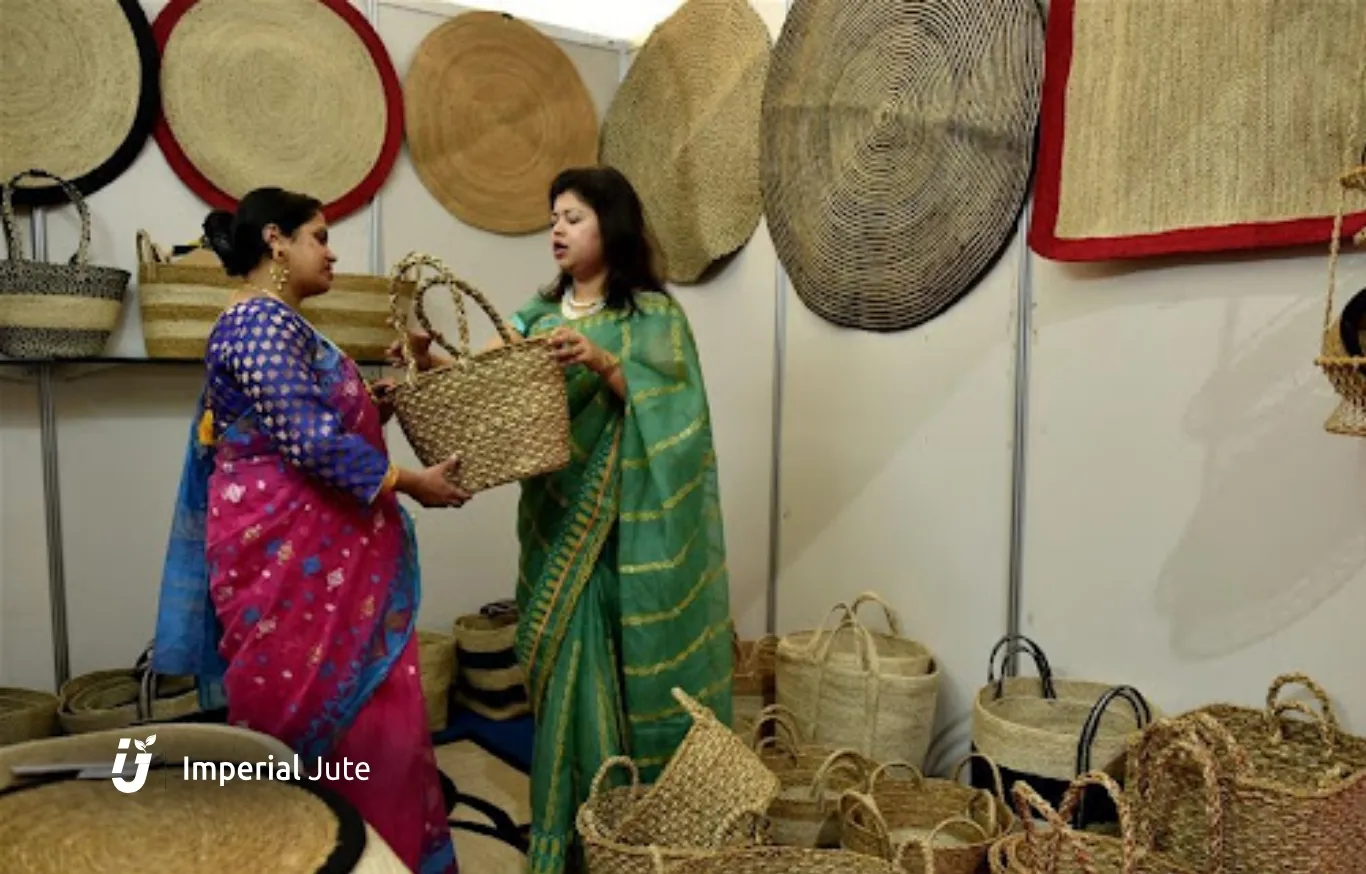
Strong and Resilient Fiber
One of the key benefits of jute is its strength. Jute fibers are naturally strong and can withstand heavy use, making them ideal for products that require durability. Items like jute ropes, sacks, and bags can hold significant weight, and their resilience makes them perfect for industrial and agricultural applications.
Unlike cotton, which is more prone to wear and tear, jute fibers are highly resistant to abrasion and wear, offering a longer lifespan. This durability is one of the reasons jute is often used in packaging, where strength is essential to protect goods during transport.
According to the Jute Diversification Promotion Centre (JDPC), jute bags can carry loads up to 40 kilograms without showing significant signs of damage, while maintaining their structure and integrity.
Wide Range of Applications
Jute’s versatility is another reason it has remained a popular choice for various industries. Over the years, jute has been used in a wide variety of products, from household textiles to industrial materials. Jute’s applications include:
- Packaging: Jute sacks and bags are widely used for packaging agricultural products, such as grains, coffee beans, and even cosmetics.
- Home Décor: Jute is used to make carpets, rugs, curtains, and cushions, adding an earthy, rustic feel to homes.
- Fashion Accessories: Jute-based items like bags, shoes, and belts have gained popularity in the fashion industry due to their eco-friendly appeal and unique aesthetic.
The growing popularity of eco-conscious and sustainable products has further expanded jute’s use in the fashion and home goods industries. As more consumers turn to natural, biodegradable products, jute is being increasingly used in the creation of stylish and functional items that align with sustainable living.
Health Benefits of Jute
Jute is not only beneficial for the environment and the economy but also offers several health benefits. Being a natural fiber, it is a safer and healthier alternative to synthetic materials, especially when used in products like bags, clothing, and home textiles.
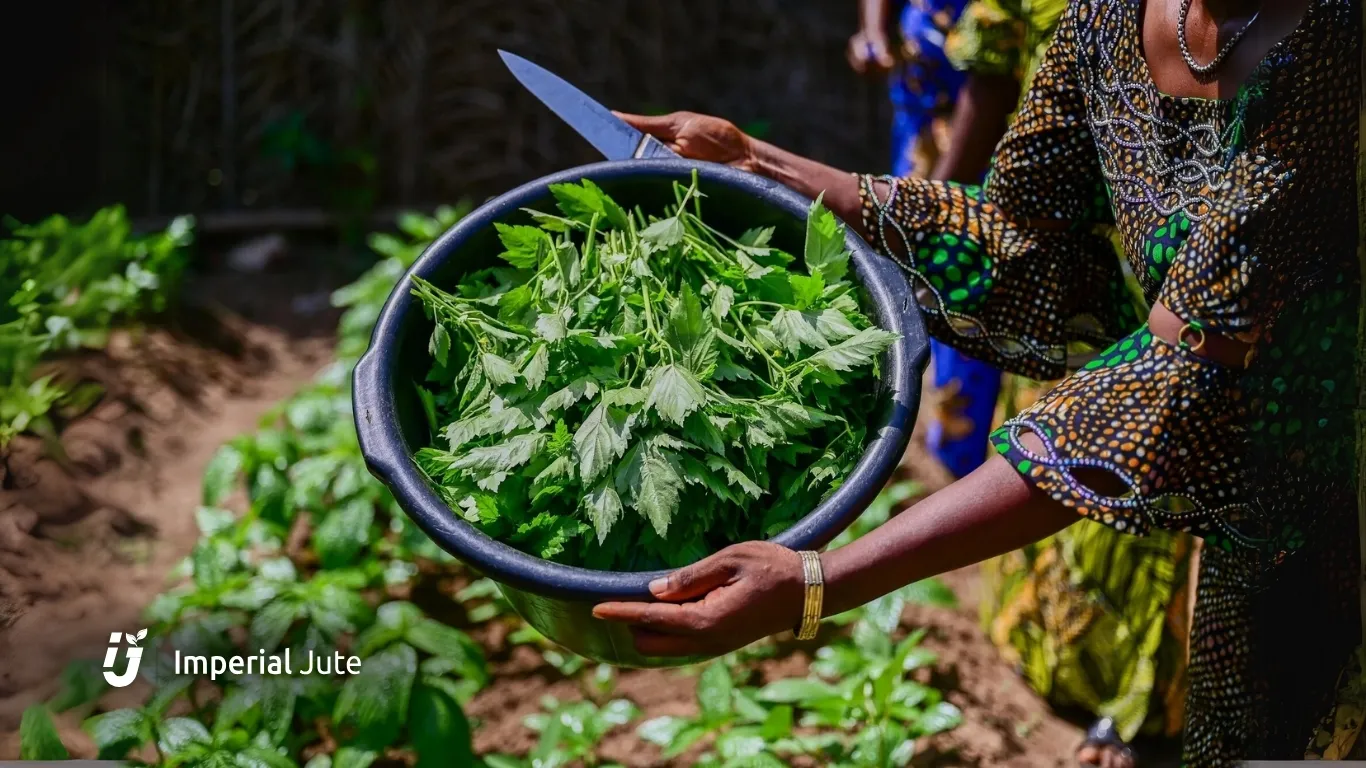
Non-Toxic and Safe for Human Use
One of the most significant health advantages of jute is that it is non-toxic and safe for human use. Unlike synthetic fibers, which may contain harmful chemicals like dyes, flame retardants, and other toxic substances, jute is a natural fiber that is free from these chemicals. This makes it a safer choice for products that come into direct contact with the skin, such as clothing, bags, and home textiles.
In addition to being free from harmful chemicals, jute is hypoallergenic, meaning it is less likely to cause allergic reactions compared to synthetic fibers. For people with sensitive skin or allergies to certain chemicals, jute products provide a more natural and comfortable alternative.
Skin-Friendly and Hypoallergenic
Jute is also a skin-friendly material, making it suitable for individuals with sensitive skin. Synthetic fabrics, such as polyester and nylon, are often treated with chemicals to enhance durability and appearance, which can irritate the skin. Jute, on the other hand, is much gentler and less likely to cause rashes or other skin conditions.
The natural properties of jute make it an excellent choice for products like baby clothing, bed linens, and accessories, which need to be soft and gentle on the skin. Jute-based products also allow the skin to breathe better, reducing the risk of irritation or discomfort from sweating.
Jute in the Fashion Industry
Jute is increasingly making its mark in the fashion industry as consumers and designers alike seek eco-friendly and sustainable materials. Its natural, earthy appearance, combined with its durability, makes it a unique and trendy option for fashion products.
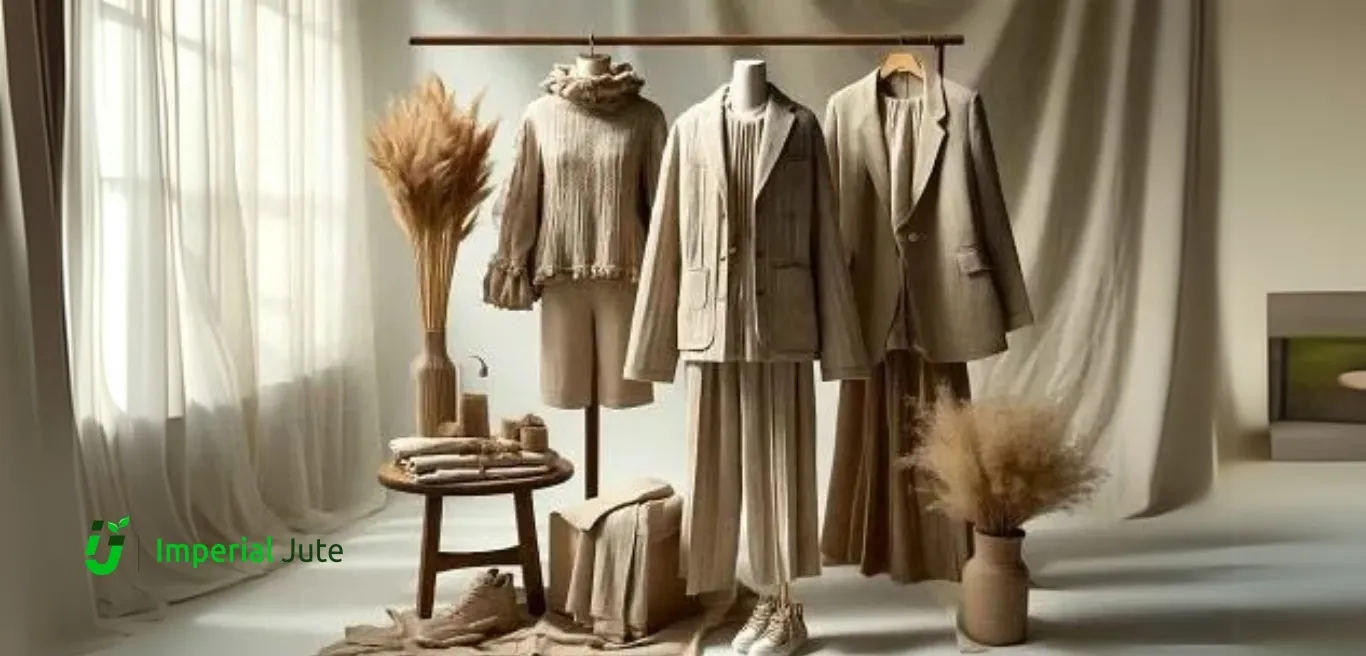
Eco-Conscious Consumer Demand
The fashion industry has seen a significant shift towards sustainability in recent years. As more consumers become aware of the environmental impact of their purchasing decisions, there is a growing demand for eco-friendly materials like jute. Fashion brands are responding to this demand by incorporating jute into their collections, offering stylish and environmentally conscious alternatives to synthetic fibers.
In fact, several well-known fashion brands have already started using jute in their products. Jute is commonly used for handbags, shoes, belts, and other accessories, giving consumers a sustainable choice without sacrificing style. With the rise of ethical fashion, jute is being embraced as a material that combines both functionality and environmental responsibility.
Trendy and Stylish Jute Products
Jute’s aesthetic appeal is another reason for its increasing popularity in the fashion world. Its natural, rustic look complements a wide range of fashion styles, from bohemian to minimalistic. Designers are using jute to create trendy products that are both eco-friendly and stylish.
- Jute Bags: Jute bags are a staple in sustainable fashion, with designs ranging from simple totes to high-end fashion bags. The durability of jute makes it an ideal material for handbags that can withstand daily use while maintaining a chic look.
- Jute Shoes: From sandals to sneakers, jute is becoming a popular material for footwear, offering a breathable and comfortable option for eco-conscious consumers.
- Jute Accessories: Jute belts, hats, and even jewelry are gaining popularity in the fashion world as people look for unique, sustainable accessories that add a natural touch to their outfits.
The versatility of jute allows designers to create products that are not only functional but also visually appealing. As the demand for sustainable fashion continues to rise, jute is likely to remain a key player in eco-friendly fashion trends.
Jute as an Alternative to Plastic
One of the most significant environmental challenges today is the overwhelming use of plastic. Jute is emerging as a strong alternative to plastic, offering a biodegradable and eco-friendly solution for many products, from packaging to everyday household items.
Jute Bags vs. Plastic Bags
Plastic bags are a major environmental issue due to their non-biodegradable nature. They take hundreds of years to break down, often polluting landfills and oceans. Jute bags, on the other hand, are biodegradable and decompose naturally, making them a far more sustainable option.
A study conducted by the Jute Diversification Promotion Centre (JDPC) shows that jute bags can last for several years with proper care, and at the end of their life cycle, they break down quickly without harming the environment. In contrast, plastic bags contribute to plastic pollution, which takes hundreds of years to degrade and releases harmful chemicals into the soil and water during the process.
Switching from plastic bags to jute bags significantly reduces environmental pollution and encourages the use of renewable resources.
Jute Packaging Solutions
Jute is increasingly being used as an eco-friendly packaging material in industries that traditionally relied on plastic. Many companies are turning to jute to package their products, including food items, cosmetics, and even electronics. The natural texture and strength of jute make it ideal for packaging, while its biodegradability ensures that the packaging doesn’t contribute to long-term pollution.
In addition, jute’s ability to be woven into various forms—such as burlap sacks, ropes, and protective coverings—further enhances its utility in packaging. This shift toward jute-based packaging has been gaining momentum, with industries seeking alternatives to plastic as part of their sustainability initiatives.
By choosing jute for packaging, companies can significantly reduce their carbon footprint and contribute to the fight against plastic pollution.
Jute in Agriculture and Soil Improvement
Jute is not just an important fiber for industrial use, but it also plays a significant role in agriculture. The plant’s unique properties make it an excellent resource for improving soil health and preventing environmental degradation.
Jute in Erosion Control and Land Restoration
Jute has proven to be an effective material in combating soil erosion, particularly in regions prone to landslides and flooding. The dense root system of the jute plant helps to stabilize the soil and prevent erosion caused by heavy rainfall or wind. This is especially important in areas with fragile ecosystems where maintaining soil integrity is crucial for agricultural productivity.
Moreover, jute can be used in land restoration projects. After the fiber has been harvested, the plant’s remains can be used to improve soil fertility. Jute’s ability to grow in degraded soils and enhance soil structure makes it an ideal plant for restoring areas that have been impacted by over-farming or poor land management practices.
According to a study published by the International Jute Study Group (IJSG), jute has been successfully used in soil erosion control projects in several parts of South Asia, proving its effectiveness in environmental conservation.
Jute’s Contribution to Sustainable Agriculture
In addition to erosion control, jute plays a vital role in sustainable agriculture. Its cultivation improves soil quality by enhancing its structure and reducing the need for chemical fertilizers. Jute farming promotes the use of organic farming techniques that contribute to healthier, more sustainable soil management.
The fibrous roots of the jute plant help to aerate the soil and improve water retention, reducing the need for frequent irrigation. Additionally, the residues from jute plants can be used as organic mulch or compost, further enhancing soil fertility and reducing the reliance on chemical inputs.
This makes jute a valuable crop for organic farmers who aim to reduce their environmental impact while maintaining high yields. The Food and Agriculture Organization (FAO) has highlighted jute as one of the crops that can contribute to more sustainable agricultural practices by supporting soil health and reducing chemical usage.
Conclusion
Jute is a versatile, eco-friendly, and economically beneficial material that is becoming increasingly important in today’s sustainable world. From its environmental advantages, such as being biodegradable and carbon-sequestering, to its durability and wide range of applications, jute stands out as a superior alternative to synthetic fibers and plastics.
The economic benefits of jute are equally significant, providing affordable production costs, creating jobs, and contributing to rural development. Moreover, the health benefits of jute, particularly in being non-toxic and skin-friendly, make it a safer option for consumers, especially when compared to synthetic materials.
As a key player in the fight against plastic pollution, jute is also making strides in agriculture, helping to prevent soil erosion and improve soil quality. Its presence in the fashion industry is growing, with eco-conscious consumers and designers embracing jute for its style and sustainability.
By choosing jute-based products, whether for everyday use, packaging, or fashion, we are not only supporting a natural, renewable resource but also contributing to a cleaner, greener planet. As more industries shift toward sustainable materials, jute will continue to play an essential role in building a more sustainable future.
At Imperial Jute, we are committed to promoting the benefits of jute by offering high-quality jute products that meet the needs of eco-conscious businesses and consumers around the world. Join us in making a positive environmental impact by choosing jute – the fiber of the future.
